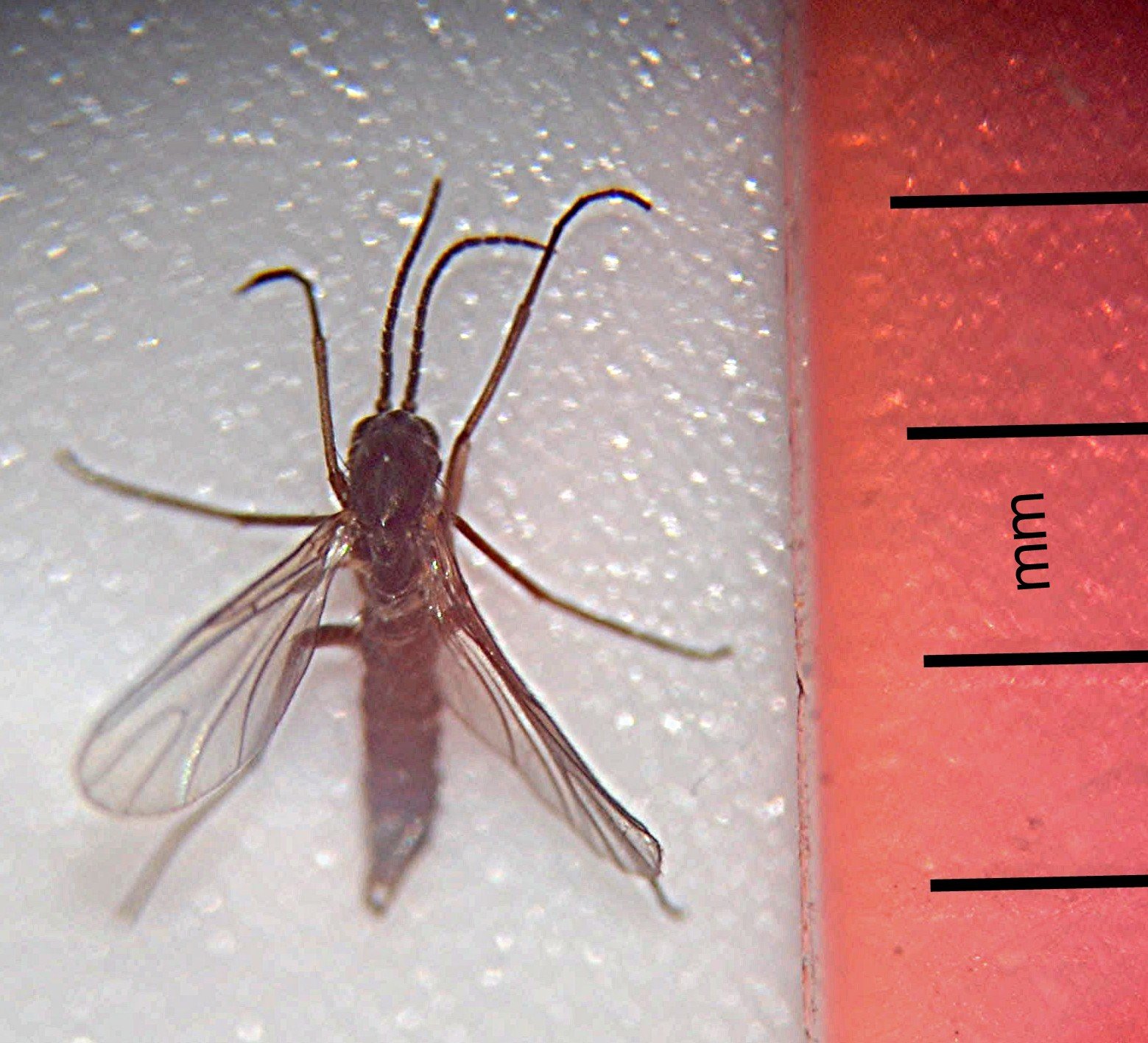How to Get Rid of Earwigs in Your Garden without Harmful Chemicals
/Earwigs, scientifically known as order Dermaptera, are a group of small insects with notable pincers on their abdomen. Males have curved pincers while female earwigs have straight pincers. They are characterized by elongated, flat bodies that vary from 5 to 25 millimeters in length. The most common earwig species is reddish-brown with a pair of conspicuous pinchers, or forceps, at the end of its body. These forceps are used for defense and courtship displays.
Read More






































